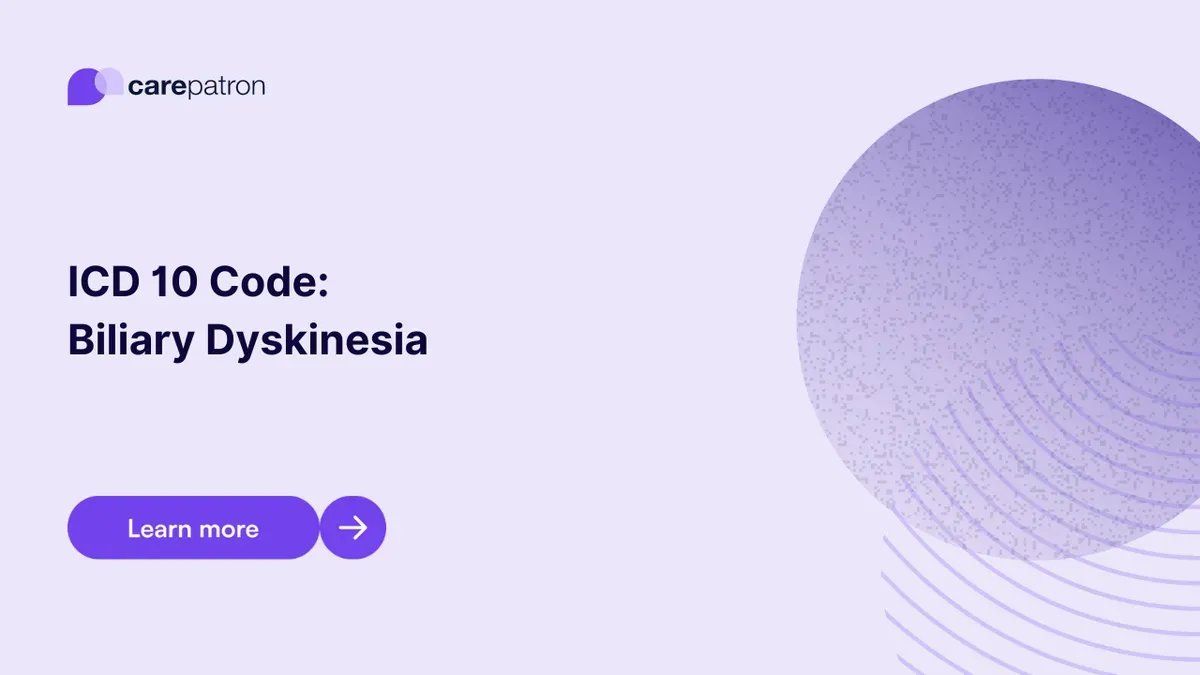
Biliary Dyskinesia ICD-10-CM Codes
Discover the most commonly used ICD-10 codes for Biliary Dyskinesia, including K82.8, K83.9, and others. Learn their clinical descriptions and usage.
Use Code
Commonly asked questions
ICD codes for biliary dyskinesia should be used when diagnosing or documenting this condition for clinical records or billing purposes.
Common treatment usually involves laparoscopic gallbladder removal. Medications may also be used to manage symptoms.
A diagnosis code for Biliary Dyskinesia provides a standardized definition of the condition for clinical practice and healthcare billing.
EHR and practice management software
Get started for free
*No credit card required
Free
$0/usd
Unlimited clients
Telehealth
1GB of storage
Client portal text
Automated billing and online payments
